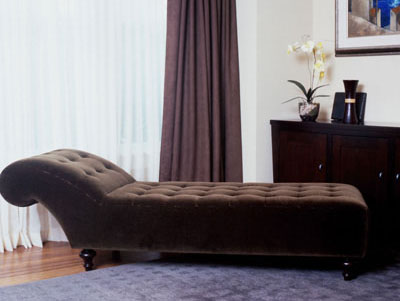
Lately with clients I've started (somewhat jokingly) calling us "UX therapists". This is because no matter how much someone might want to focus on the UI, the front end designs, the
pixels, as the output of our hard work, most of the time this is just the tip of the iceberg. The real work: the blood, sweat and tears, the endless design sessions and workshops, the arguments, discussions and brainstorms - all of this represents the
thinking that got us to the final design. Without the thinking you have pretty pixels that are more or less useless. There's a constant pressure, especially with engineering mindsets, to separate the church and state of
design process (the thinking) and
design output (the pixels), but this, I believe, is a big mistake.
So as UX therapists, we spend the bulk of our time thinking deeply about design problems, and
creating the space for our clients to tackle problems and questions they wouldn't be able to on their own. There's a reason real therapists ask dozens of questions: it's not their job to
tell you what to do, but more to give you permission to work on your own sh*t in a safe environment - and provide guidance along the way. Dr Phil might only have an hour-long show, but he spends many many hours behind the scenes actually hashing out things with his clients.
The key, then, is to make sure that we, as designers-cum-therapists, make our clients understand that while they will get
beautiful,
functional and
intuitive designs in the end - they have to pay attention to and engage with the process as well, or everyone will suffer.